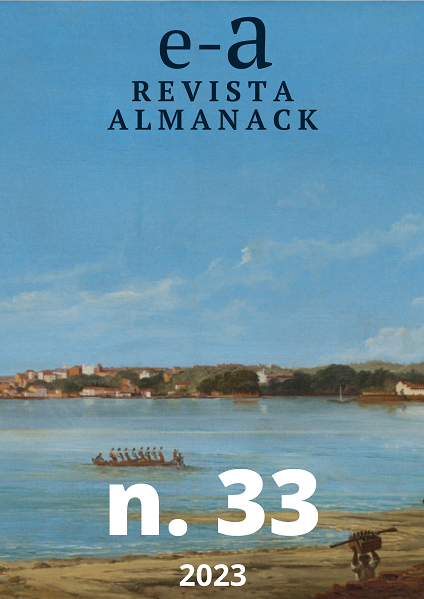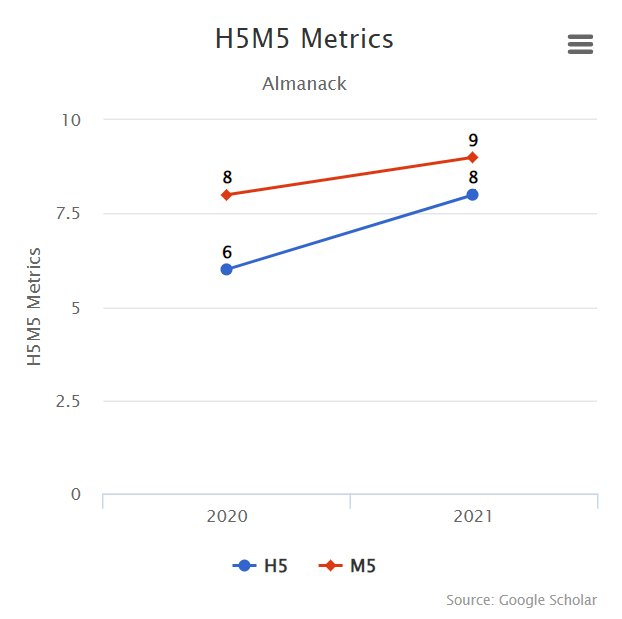Raça e escravidão em memórias e romances
Brasil c.1820-1870
DOI:
https://doi.org/10.1590/2236-463333ea01022Keywords:
abolitionismAbstract
This essay analyzes how the racial hierarchy elaborated by philosophers and anatomists served not only to defend slavery and lead Africans to civilization, but also to combat the slave trade and encourage abolition. Indeed, racial theories reinforced both proslavery and antislavery arguments. The article examined several Brazilian scholars, particularly the writings of naturalist Frederico Burlamaque, politician Adolfo Bezerra de Menezes, and novelists Joaquim Manuel de Macedo and José de Alencar. Between 1820 and 1870, they used climate theory, monogeny, polygeny, phrenology, and physiognomy to describe enslaved people and their descendants, thus listing the evils of slavery or the significant contribution of the enslaved population to the construction of Brazil. Despite holding opposing views, as part of the elite, this literati did not doubt the supremacy of the white race.
Metrics
Downloads
Downloads
Published
How to Cite
Issue
Section
License
Copyright (c) 2023 Ronald Raminelli

This work is licensed under a Creative Commons Attribution 4.0 International License.


 Português
Português
 English
English
 Español
Español











 This journal is licensed under a
This journal is licensed under a